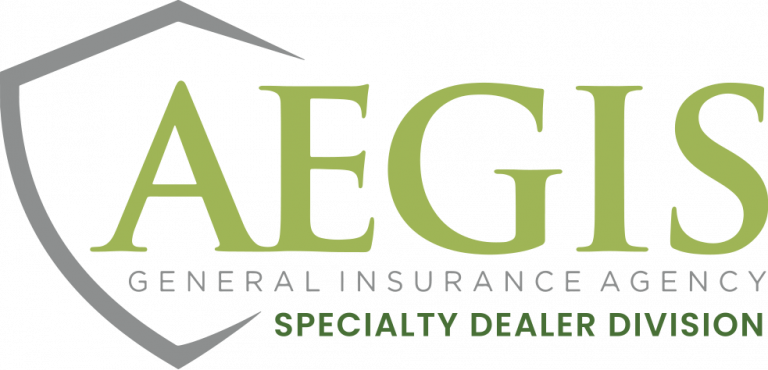A dealership owner will do everything possible to make the test drive go smoothly when attempting a sale to a customer. Test drives are a standard part of any transaction for used auto dealers. After all, prospective buyers d to purchase a vehicle without having a good idea of its operating and structural condition.
But although test drives are primarily for the buyer’s benefit, ensuring it goes smoothly is also advantageous to the seller. Having the prospective buyer take the vehicle out for a drive ensures that both parties agree on its condition, minimizing the possibility of potential disputes down the line.
The Test Drive and What Must Happen
Like anything else involving car sales, there is a right and wrong way to handle test drives. A dealership representative should ensure that the car is safely returned to the lot afterward. And of course, the customer should have a current driver’s license and be in the proper mental and physical condition to operate a motor vehicle.
What The Salesman Needs to Do
The salesperson should always maintain control of the keys. Likewise, they should always accompany the driver on the test ride. It must happen so the dealership can prevent liabilities. Additionally, the salesperson should make a copy of the customer’s driver’s license.
There must be a designated test drive route for the customer. It ensures that the dealership can redirect the test drive away from the dangerous or congested roadways. Also, this route should only include right turns. The dealership needs this rule because 90 percent of auto accidents happen when someone makes a left turn. A salesperson can utilize the test drive to build a relationship with the customer. It helps build trust and also assists with the sale.
Keep the Music Off
Turning the sound system off during the test drive is generally best. Music, news, or a sports program blaring could mask the sounds of the engine, tires, brakes, and suspension and transmission system.
Even if everything is functioning correctly‒as one would hope‒anything other than a vehicle’s sounds typically is a distraction. If the customer insists on testing the audio system, this should happen after the test drive.
Have the Customer Test Every Function
The customer should be allowed‒and even encouraged‒to test every button, switch, and lever of the vehicle. No one wants to feel restricted and prevented from checking out every feature, regardless of how trivial or insignificant it may seem.
Prospective buyers need to try new and unfamiliar features to ensure there aren’t any broken or non-functional components they will have to get fixed at their expense later on. This part of the process could understandably test the dealer’s patience, but it will help ensure a smoother and trouble-free transaction.
Start The Car More Than One
Having the customer start the car is standard practice in any test drive‒or at least it should be. The engine idling when the buyer gets in could be a point of contention between buyer and seller. In some cases, there might be something wrong with the car, in which case the dealer was reluctant to restart it in front of the customer, fearing that it won’t start again.
The dealer could avoid these issues by allowing the customer to start the car multiple times, within reason, of course. It ensures that the engine, ignition, battery, and fuel pump work as they should.
Allow Ample Time and Space for the Customer to Decide
No one wants to pressure anyone into making a decision, especially if it involves a significant amount of money. Purchasing a car is a major investment, so prospective customers should be allowed to make up their minds without being coerced or intimidated into doing so.
Everyone is familiar with the classic depiction of the pushy car salesman. This impression is clichéd precisely because it is so often true.
As a used car lot owner, your clients should consider updating their image and adopting a more gracious and accommodating approach to their customers. Of course, they should do everything they can to close a sale. But they should also be attuned to the needs of their customers. Likewise, the customer does not feel like they might make a decision they regret.
Test Drives
Test drives don’t have to be an adversarial encounter in which the customer finds fault with the vehicle while the dealer attempts to conceal them. As mentioned previously, it would be in both parties’ best interests to ensure the drive goes smoothly to avoid future disputes. Following the tips outlined above, used auto dealers will hopefully have a successful transaction in which the customer leaves the car lot fully satisfied.
About K2 Insurance Services
Your used auto dealership clients will benefit considerably from the risk protection that K2 provides. Apart from the full range of insurance coverages, K2 also offers an ACH payment system that bills your clients directly. Call us today at (866) 429-1638 to find out how you can partner with the leading name in auto dealership insurance.












